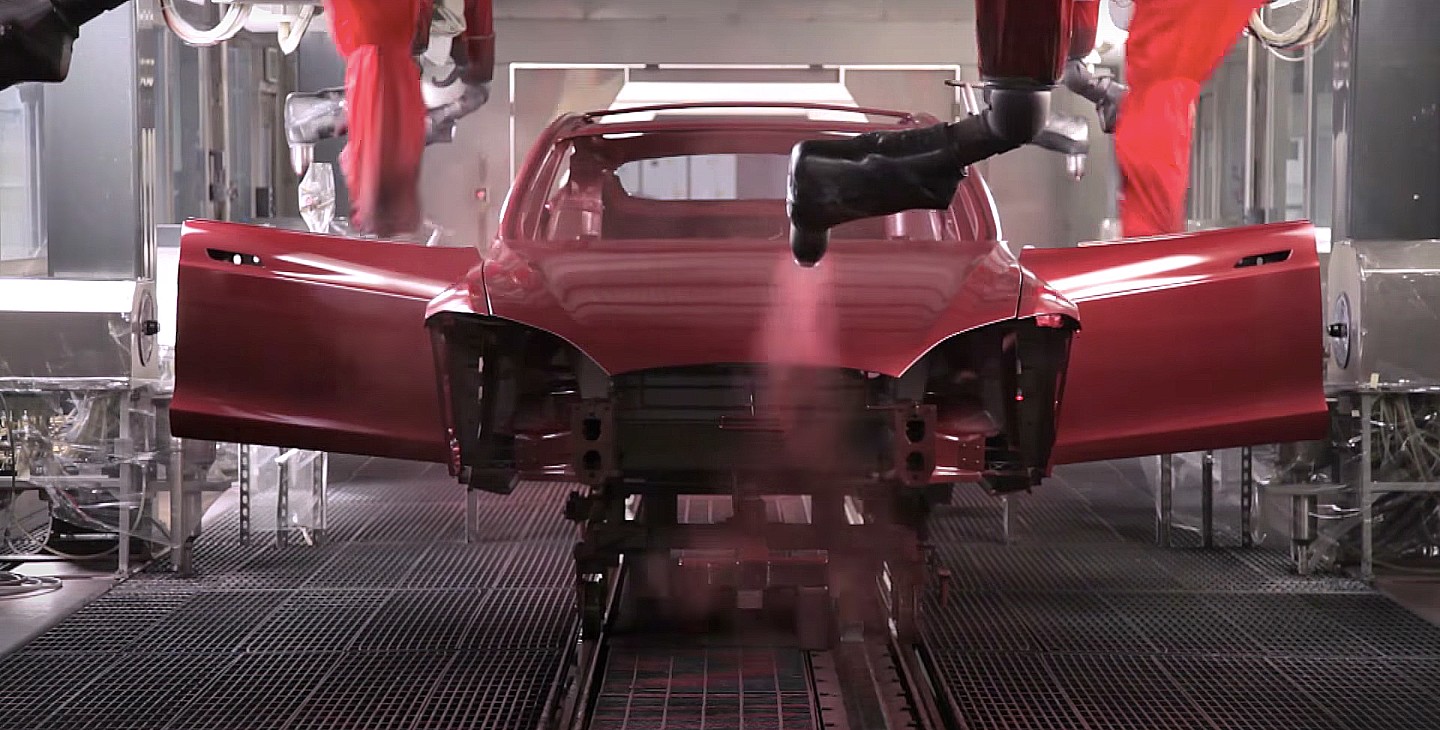
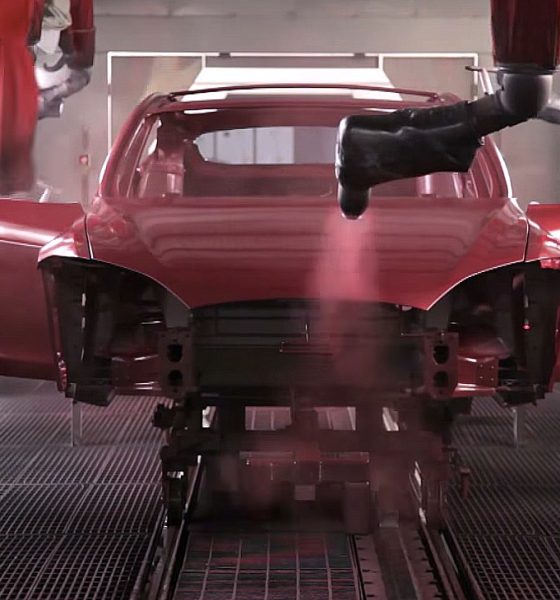
News
Tesla’s proven anti-pandemic safety plan has fallen on deaf ears amid an anti-Elon Musk narrative
One of the most remarkable things that one can witness is the birth and spread of a narrative. Narratives are powerful, as they are capable of affecting and perhaps even changing the perception of people on a particular person or topic. Such a narrative is forming in the Tesla-sphere today: one that completely ignores a company’s proven efforts to battle the coronavirus, and one that brands the electric car maker’s CEO as a de facto villain that cares not for his employees.
Amidst the ongoing issues surrounding the reopening of the Fremont factory, Tesla publicly shared a Return to Work Playbook that it will be using to protect and prevent its workers from contracting the coronavirus. The strategies outlined in the playbook are modeled after the company’s efforts in Gigafactory Shanghai, which successfully battled the virus when it was ravaging China. Tesla’s Shanghai plant was barely affected by the pandemic, and it is back in full operations today.
Alameda County officials have not given Tesla the green light to resume operations in the Fremont plant, a factor that has resulted in heated online discussions between Elon Musk, TSLA critics and supporters, and local government officials. County officials argue that Tesla is yet to meet certain guidelines that would allow its formal approval to reopen the Fremont factory, but no details about these criteria have been released thus far. This has resulted in a rather sticky situation. The county says Tesla is not fulfilling safety guidelines, but it would not specify which.
Strangely enough, Alameda County has also not discussed which parts of Tesla’s Return to Work Playbook are inadequate. A look at the playbook shows several intensive safety protocols that the company will be adopting to prevent the spread of the virus. But even the existence of the playbook itself, and more importantly, its contents, do not seem to be acknowledged by representatives of Alameda County when they speak against the electric car maker’s intentions to reopen the Fremont plant.
CEO Elon Musk has ordered Tesla’s Fremont factory to reopen despite opposition from Alameda County officials. Musk even noted that if anyone were to be arrested due to the factory’s reopening, it should only be him. Such a move has triggered a wave of negative coverage on the CEO, with some articles claiming that Musk is “asking” to be arrested, or “daring” law enforcement to apprehend him. A narrative has also formed suggesting that Tesla and Musk are “forcing” Fremont’s employees to build cars without any regard for public safety. A report from The Washington Post even quoted a Fremont factory worker who reportedly stated that “we are extremely frustrated, angry, scared, that Elon is putting his cars before his workers.”
Such a narrative is compelling, of course, and it makes for a good story. Every tale needs a villain, and Musk, with his outspoken, controversial remarks about the ongoing lockdown, is the perfect target. What is missing from this narrative is the fact that Musk himself has been quoted time and time again, in both spoken and written form, that workers at the plant are not forced to come to work at all. “I’d like to be super clear that if you feel the slightest bit ill or even uncomfortable, please do not feel obligated to come to work. I will personally be at work, but that’s just me. Totally ok if you want to stay home for any reason,” Musk wrote back in March.
A look at the social media feeds from Fremont factory workers paint a much less controversial picture amidst the facility’s reopening as well. Inasmuch as mainstream reports today are running with a narrative that suggests Tesla is forcing employees to catch the virus or perish for the sake of Musk’s pockets, such sentiments do not seem universal for the company’s workforce. Some workers at the factory have noted that they appreciate that work is being resumed, and that the company is indeed following through with its stringent anti-pandemic strategies.
But such a scenario does not paint a narrative that is as compelling as a Machiavellian CEO forcing thousands of employees to perish for his personal profits. If Tesla is simply using a playbook that is tried and tested in Shanghai, and if workers are actually appreciative of the factory’s reopening, the anti-Elon Musk narrative gets lost. If there are no evil CEOs and mass numbers of employees being abused, Tesla’s Fremont facility becomes just a regular car production facility that is reopening its doors after a shutdown: one that is no different than car factories that are already open or are poised to reopen in the coming days.
Unfortunately, the draw of Musk and Tesla and their surrounding narratives are simply too tempting to ignore.
Tesla Return to Work Playbook by Simon Alvarez on Scribd

Elon Musk
SpaceX Starship Version 3 booster crumples in early testing
Photos of the incident’s aftermath suggest that Booster 18 will likely be retired.

SpaceX’s new Starship first-stage booster, Booster 18, suffered major damage early Friday during its first round of testing in Starbase, Texas, just one day after rolling out of the factory.
Based on videos of the incident, the lower section of the rocket booster appeared to crumple during a pressurization test. Photos of the incident’s aftermath suggest that Booster 18 will likely be retired.
Booster test failure
SpaceX began structural and propellant-system verification tests on Booster 18 Thursday night at the Massey’s Test Site, only a few miles from Starbase’s production facilities, as noted in an Ars Technica report. At 4:04 a.m. CT on Friday, a livestream from LabPadre Space captured the booster’s lower half experiencing a sudden destructive event around its liquid oxygen tank section. Post-incident images, shared on X by @StarshipGazer, showed notable deformation in the booster’s lower structure.
Neither SpaceX nor Elon Musk had commented as of Friday morning, but the vehicle’s condition suggests it is likely a complete loss. This is quite unfortunate, as Booster 18 is already part of the Starship V3 program, which includes design fixes and upgrades intended to improve reliability. While SpaceX maintains a rather rapid Starship production line in Starbase, Booster 18 was generally expected to validate the improvements implemented in the V3 program.
Tight deadlines
SpaceX needs Starship boosters and upper stages to begin demonstrating rapid reuse, tower catches, and early operational Starlink missions over the next two years. More critically, NASA’s Artemis program depends on an on-orbit refueling test in the second half of 2026, a requirement for the vehicle’s expected crewed lunar landing around 2028.
While SpaceX is known for diagnosing failures quickly and returning to testing at unmatched speed, losing the newest-generation booster at the very start of its campaign highlights the immense challenge involved in scaling Starship into a reliable, high-cadence launch system. SpaceX, however, is known for getting things done quickly, so it would not be a surprise if the company manages to figure out what happened to Booster 18 in the near future.
News
Tesla FSD (Supervised) is about to go on “widespread” release
In a comment last October, Elon Musk stated that FSD V14.2 is “for widespread use.”
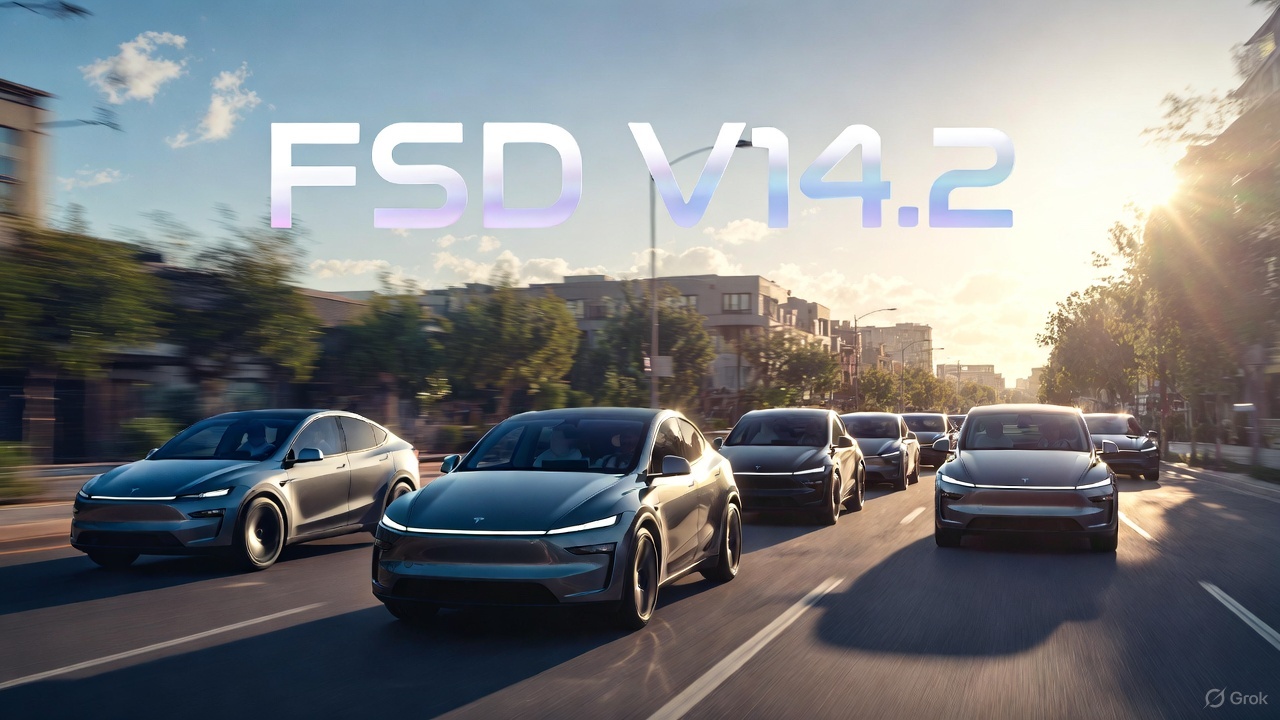
Tesla has begun rolling out Full Self-Driving (Supervised) V14.2, and with this, the wide release of the system could very well begin.
The update introduces a new high-resolution vision encoder, expanded emergency-vehicle handling, smarter routing, new parking options, and more refined driving behavior, among other improvements.
FSD V14.2 improvements
FSD (Supervised) V14.2’s release notes highlight a fully upgraded neural-network vision encoder capable of reading higher-resolution features, giving the system improved awareness of emergency vehicles, road obstacles, and even human gestures. Tesla also expanded its emergency-vehicle protocols, adding controlled pull-overs and yielding behavior for police cars, fire trucks, and ambulances, among others.
A deeper integration of navigation and routing into the vision network now allows the system to respond to blocked roads or detours in real time. The update also enhances decision-making in several complex scenarios, including unprotected turns, lane changes, vehicle cut-ins, and interactions with school buses. All in all, these improvements should help FSD (Supervised) V14.2 perform in a very smooth and comfortable manner.
Elon Musk’s predicted wide release
The significance of V14.2 grows when paired with Elon Musk’s comments from October. While responding to FSD tester AI DRIVR, who praised V14.1.2 for fixing “95% of indecisive lane changes and braking” and who noted that it was time for FSD to go on wide release, Musk stated that “14.2 for widespread use.”
FSD V14 has so far received a substantial amount of positive reviews from Tesla owners, many of whom have stated that the system now drives better than some human drivers as it is confident, cautious, and considerate at the same time. With V14.2 now rolling out, it remains to be seen if the update also makes it to the company’s wide FSD fleet, which is still populated by a large number of HW3 vehicles.
News
Tesla FSD V14.2 starts rolling out to initial batch of vehicles
It would likely only be a matter of time before FSD V14.2 videos are posted and shared on social media.
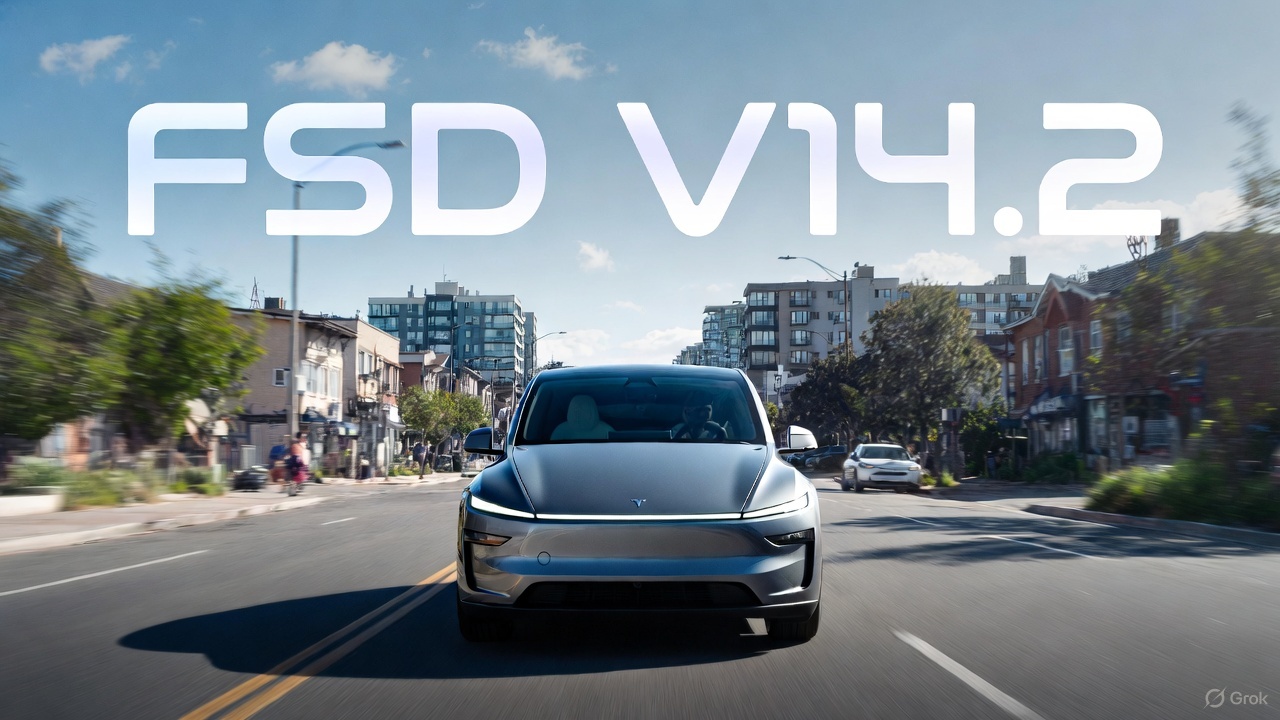
Tesla has begun pushing Full Self-Driving (Supervised) v14.2 to its initial batch of vehicles. The update was initially observed by Tesla owners and veteran FSD users on social media platform X on Friday.
So far, reports of the update have been shared by Model Y owners in California whose vehicles are equipped with the company’s AI4 hardware, though it would not be surprising if more Tesla owners across the country receive the update as well.
Based on the release notes of the update, key improvements in FSD V14.2 include a revamped neural network for better detection of emergency vehicles, obstacles, and human gestures, as well as options to select arrival spots.
It would likely only be a matter of time before FSD V14.2 videos are posted and shared on social media.
Following are the release notes of FSD (Supervised) V14.2, as shared on X by longtime FSD tester Whole Mars Catalog.
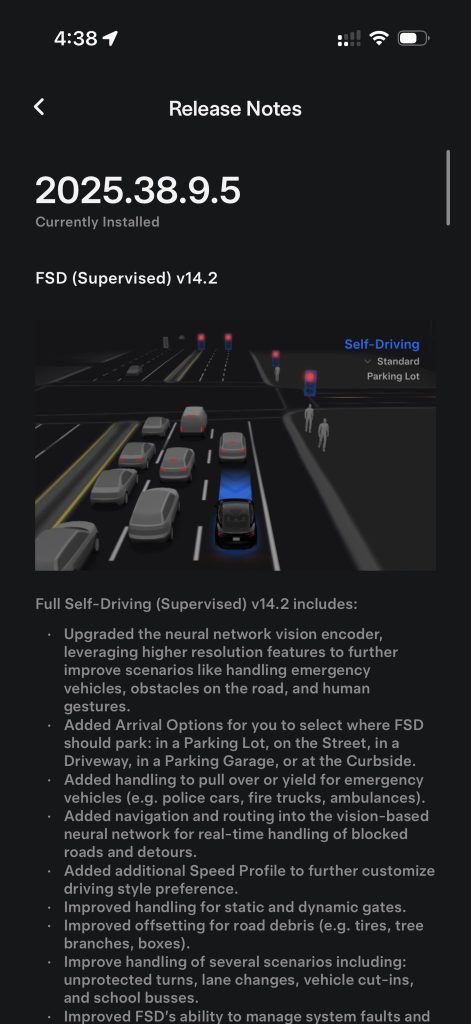
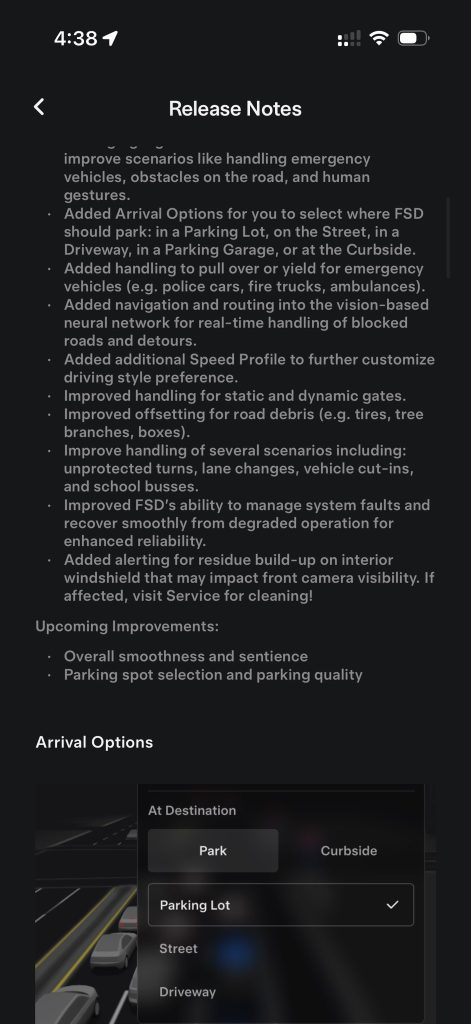
Release Notes
2025.38.9.5
Currently Installed
FSD (Supervised) v14.2
Full Self-Driving (Supervised) v14.2 includes:
- Upgraded the neural network vision encoder, leveraging higher resolution features to further improve scenarios like handling emergency vehicles, obstacles on the road, and human gestures.
- Added Arrival Options for you to select where FSD should park: in a Parking Lot, on the Street, in a Driveway, in a Parking Garage, or at the Curbside.
- Added handling to pull over or yield for emergency vehicles (e.g. police cars, fire trucks, ambulances.
- Added navigation and routing into the vision-based neural network for real-time handling of blocked roads and detours.
- Added additional Speed Profile to further customize driving style preference.
- Improved handling for static and dynamic gates.
- Improved offsetting for road debris (e.g. tires, tree branches, boxes).
- Improve handling of several scenarios including: unprotected turns, lane changes, vehicle cut-ins, and school busses.
- Improved FSD’s ability to manage system faults and improve scenarios like handling emergency vehicles, obstacles on the road, and human gestures.
- Added Arrival Options for you to select where FSD should park: in a Parking Lot, on the Street, in a Driveway, in a Parking Garage, or at the Curbside.
- Added handling to pull over or yield for emergency vehicles (e.g. police cars, fire trucks, ambulances).
- Added navigation and routing into the vision-based neural network for real-time handling of blocked roads and detours.
- Added additional Speed Profile to further customize driving style preference.
- Improved handling for static and dynamic gates.
- Improved offsetting for road debris (e.g. tires, tree branches, boxes).
- Improve handling of several scenarios, including unprotected turns, lane changes, vehicle cut-ins, and school buses.
- Improved FSD’s ability to manage system faults and recover smoothly from degraded operation for enhanced reliability.
- Added alerting for residue build-up on interior windshield that may impact front camera visibility. If affected, visit Service for cleaning!
Upcoming Improvements:
- Overall smoothness and sentience
- Parking spot selection and parking quality








